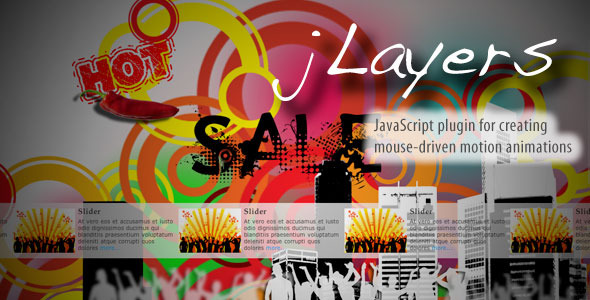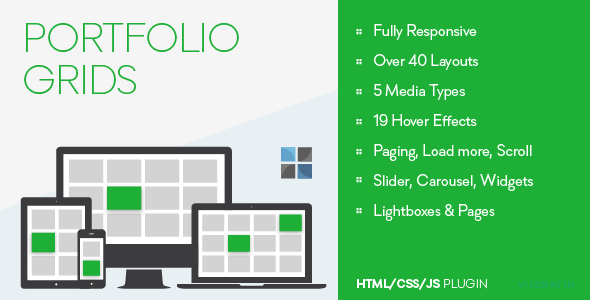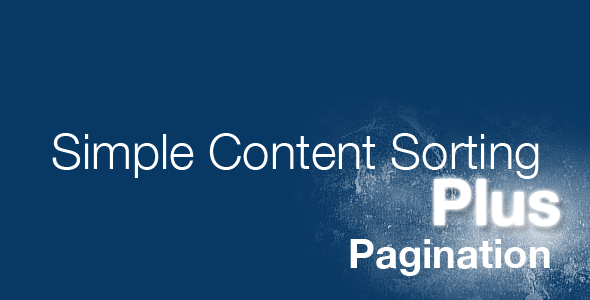
jLayers is a powerful JavaScript plugin designed to create dynamic, mouse-driven animations that bring websites to life. This lightweight solution enables developers to build interactive backgrounds, engaging sliders, and captivating “Under Construction” pages by responding to user mouse movements with smooth, layered animations.
How jLayers Works
The plugin operates by binding mouse movement to multiple HTML layers, with each layer responding independently based on its position in the document. As users move their cursor across the screen, jLayers calculates precise offsets for each element, creating a parallax-like effect that adds depth and interactivity to any webpage.
Key Features of jLayers
- Pure JavaScript implementation – No jQuery dependency means faster loading times
- Multi-layer support – Control numerous elements with independent movement patterns
- Flexible content integration – Works with images, text, videos, and other HTML elements
- Customizable animation parameters – Adjust speed, direction, and responsiveness
- Lightweight footprint – Minimal impact on page performance
Practical Applications
jLayers excels in several web development scenarios:
Interactive Site Backgrounds
Create stunning composite backgrounds where elements move at different speeds relative to mouse position. This technique adds a professional, polished look to portfolio sites, creative agencies, and product showcases.
Engaging Sliders
Transform traditional image sliders into interactive experiences where content responds to user input. The mouse-driven approach increases engagement and time-on-page metrics.
Under Construction Pages
Make temporary pages more engaging while maintaining brand presence. The subtle animations keep visitors interested while they wait for your full site launch.
Implementation Guide
Getting started with jLayers requires just a few simple steps:
- Include the jLayers script in your HTML document
- Create container elements with your desired content
- Initialize the plugin with your preferred settings
- Customize layer behavior through CSS or JavaScript parameters
Performance Considerations
While jLayers is optimized for performance, consider these best practices:
- Limit the number of animated layers on mobile devices
- Optimize image assets before implementation
- Use CSS transforms for smoother animations
- Implement debouncing for mouse movement events
Customization Options
jLayers offers several parameters for fine-tuning your animations:
- Movement ratio – Control how much each layer moves relative to mouse position
- Direction constraints – Limit movement to horizontal, vertical, or both axes
- Inertia effects – Add easing for more natural motion
- Responsive breakpoints – Adjust behavior for different screen sizes
Browser Compatibility
jLayers works across all modern browsers including:
- Chrome (latest 3 versions)
- Firefox (latest 3 versions)
- Safari (latest 3 versions)
- Edge (latest 3 versions)
For optimal performance on mobile devices, consider implementing touch event support through additional JavaScript libraries.
Resources and Inspiration
For high-quality assets to use with jLayers, explore Stock.XCHNG, a free stock photo resource mentioned in the original credits. Combine these visuals with jLayers’ animation capabilities to create truly unique web experiences.
Developers looking to push boundaries can extend jLayers’ functionality by integrating with other JavaScript libraries or CSS animation frameworks, creating even more sophisticated interactive experiences.


